ASPHALT & CONCRETE MAINTENANCE PROFESSIONALS
Sealtec Pavement Maintenance Experts
Sealtec provides expertise and knowledge in asphalt and concrete maintenance and repair.
Retail Sales and Rentals
How does Pavement Deteriorate?
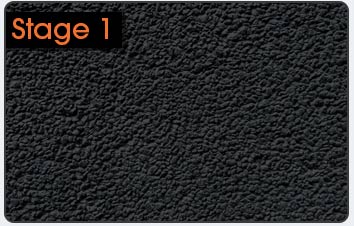
New Asphalt
New asphalt pavements seem dense and indestructible, but they are rather porous and they begin to deteriorate rapidly.
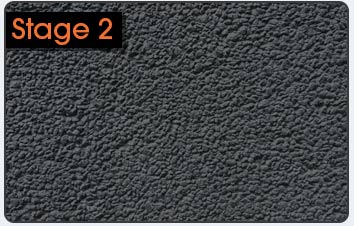
Oxidization
The sun oxidizes asphalt pavement, hardening the binder that holds the pavement together. The pavement becomes brittle and begins to crack.
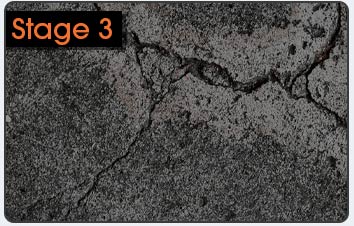
Water and Cracks
Water enters the cracks. The expansion and contraction of the water during freeze/thaw cycles enlarges the cracks.
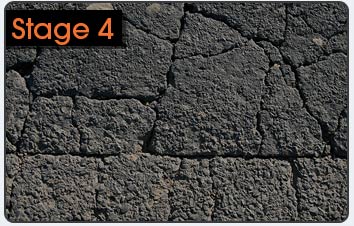
Buckle and Seperate
Water seeps through the surface, softening the base and the sub-base. The pavement buckles and separates under heavy loads.
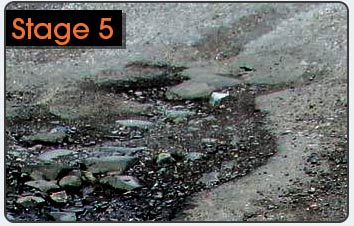
Absolute Destruction
Pavement destruction can be caused by factors such as overloading, lack of maintenance, natural wear and tear and poor quality materials.
Start protecting your asphalt and stop the deterioration of your parking lot, road, and drive way.
CONTACT US
Some of Our Clients








